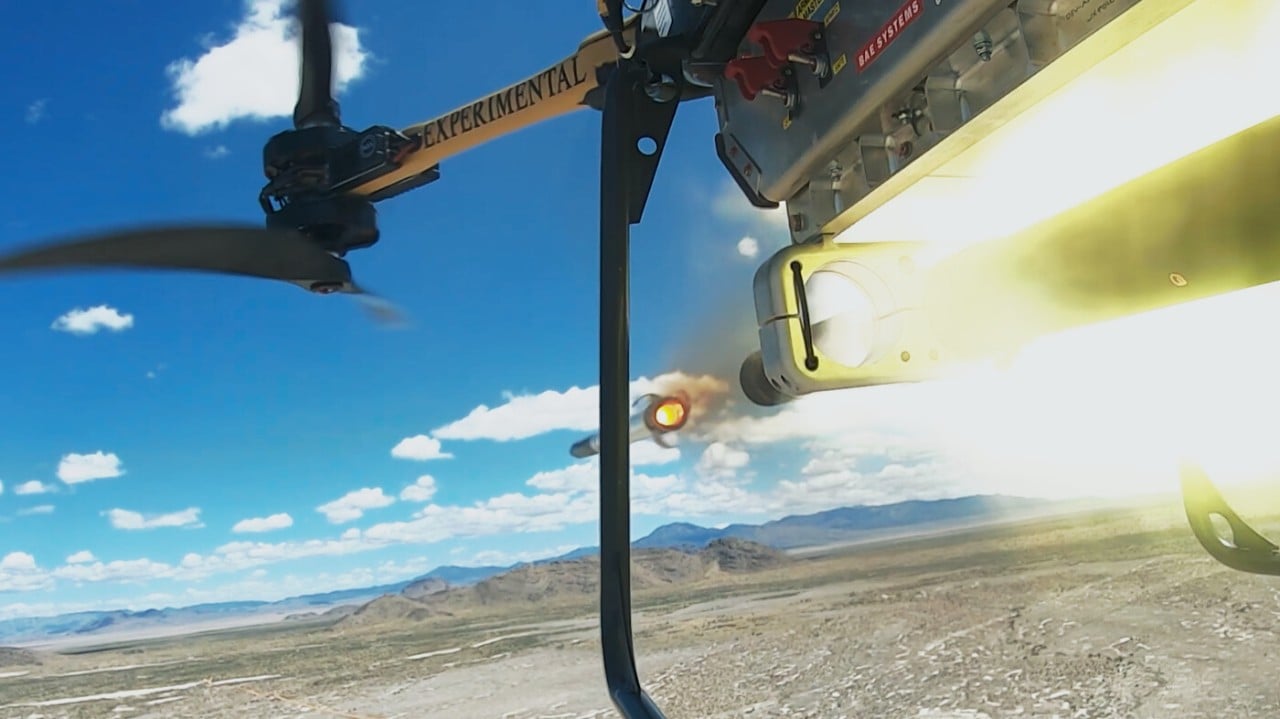Copyright defence-blog

BAE Systems is advancing a new vision for combat air support where autonomous drones fly ahead of helicopters, identify threats, and execute electronic or kinetic strikes — a model the company says could become operational in the near term. In a recent article, Robert Merryweather, Group Technology Director at BAE Systems, outlined the company’s roadmap for integrating uncrewed aerial systems (UAS) into future combat scenarios. The concept shifts helicopters from direct engagement roles to command-and-control platforms overseeing swarms of networked drones capable of threat detection and neutralization. “This could be reality sooner than you might think,” Merryweather wrote, citing a recent demonstration where BAE Systems’ modified T-150 drone successfully launched laser-guided missiles against air and ground targets. The strategy responds to changing battlefield dynamics, particularly lessons drawn from the war in Ukraine. According to Merryweather, peer-level conflicts have underscored the need for distributed, resilient force structures that reduce crew exposure while maintaining strike and reconnaissance capability. At the core of BAE Systems’ development efforts is the integration of three key technologies: extended-range drone platforms such as STRIX, autonomous mission management systems, and high-resilience mesh networks. These tools are designed to maintain operational continuity even in degraded or contested communication environments. The company is already developing these capabilities for the British Army under Project Trinity, which supports a mesh network enabling uncrewed platforms to share data and act in coordination with human teams. To prepare operators for mixed-unit combat environments, BAE Systems is also building a synthetic training platform called OdySSEy. This virtual environment enables human crews to train alongside uncrewed systems, using realistic scenarios to refine tactics and interface design before deployment. “We're even testing a natural language interface allowing troops to command drones in the same way they would a human colleague,” Merryweather said, emphasizing the goal of seamless integration between human operators and autonomous assets. In addition to kinetic strike capabilities, the drone architecture being developed includes payload options for surveillance, electronic warfare, and decoy operations — all contributing to BAE’s broader vision for a layered defense ecosystem. The company believes this shift toward autonomy and distributed operations will allow allied forces to engage more flexibly in contested environments while improving survivability and mission success rates. Merryweather concluded by noting that all components are “coming together” — from the hardware platforms and autonomy systems to the synthetic environments and operational networks.



